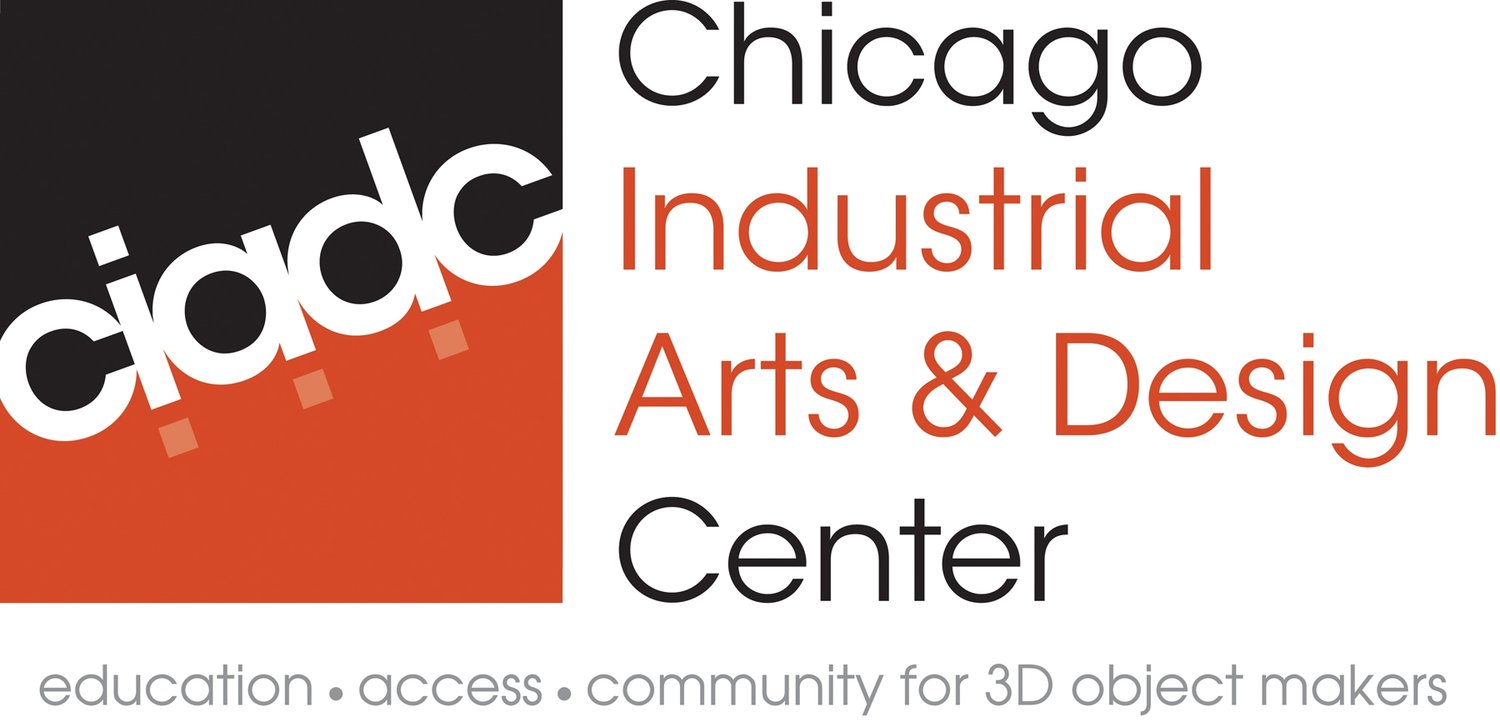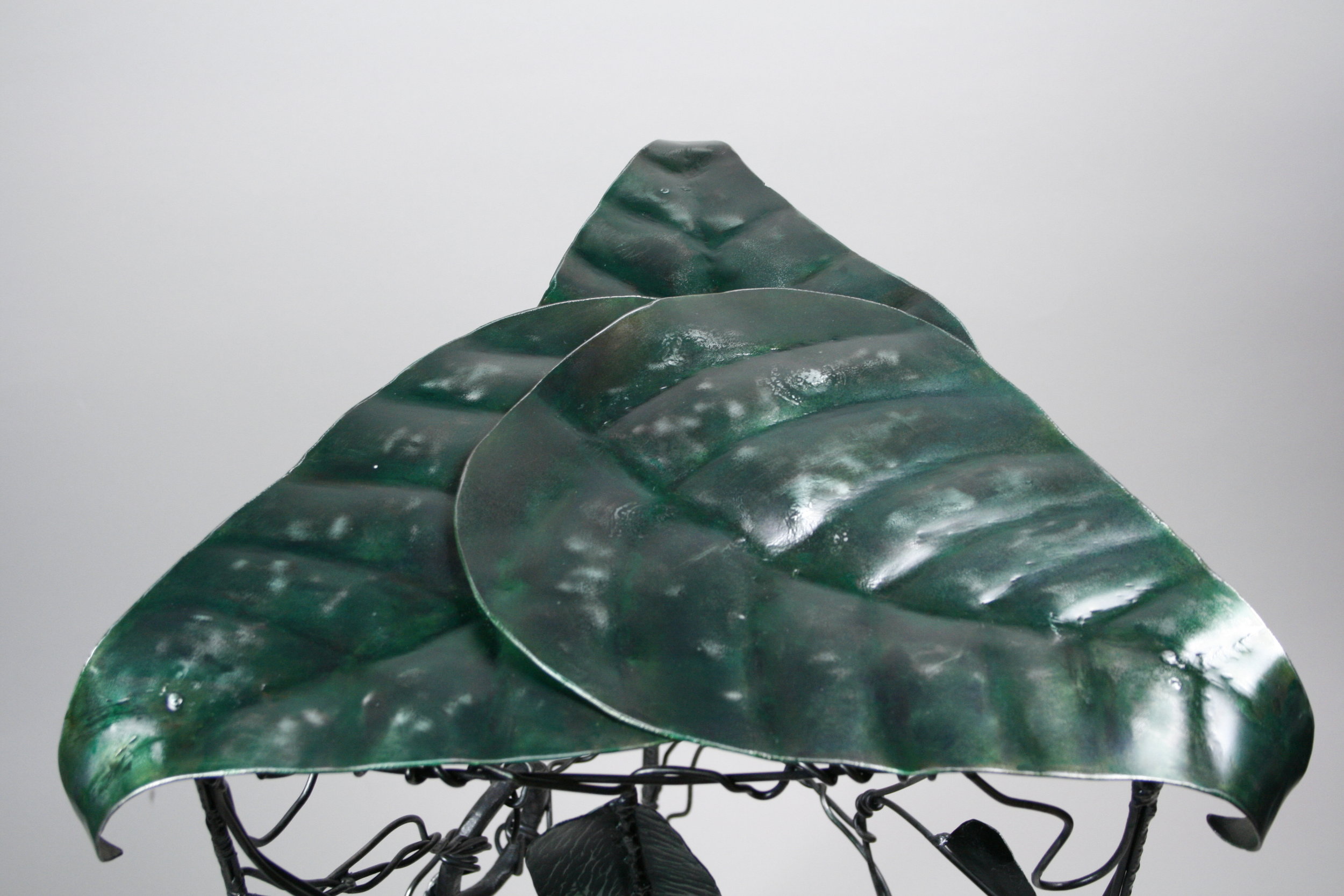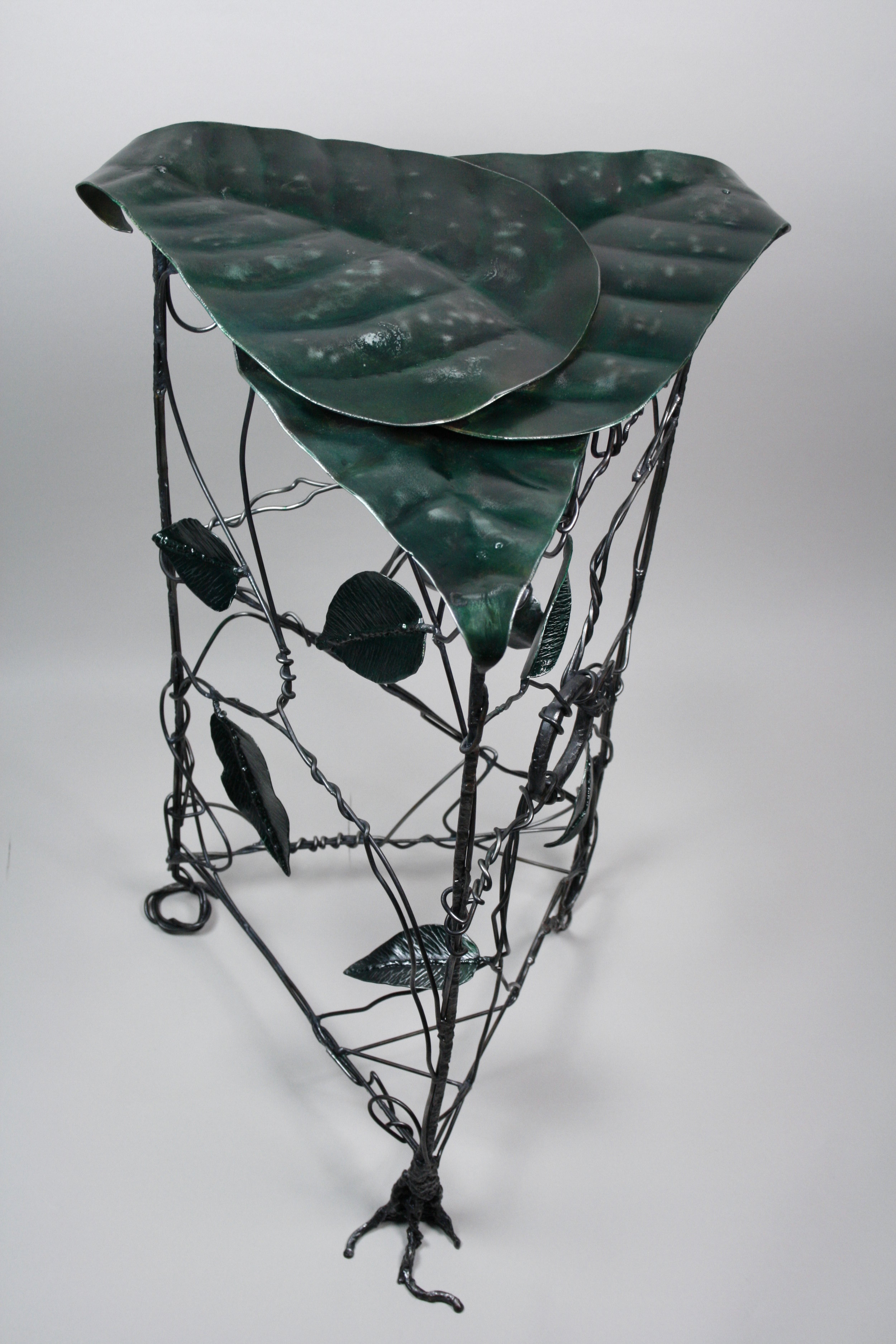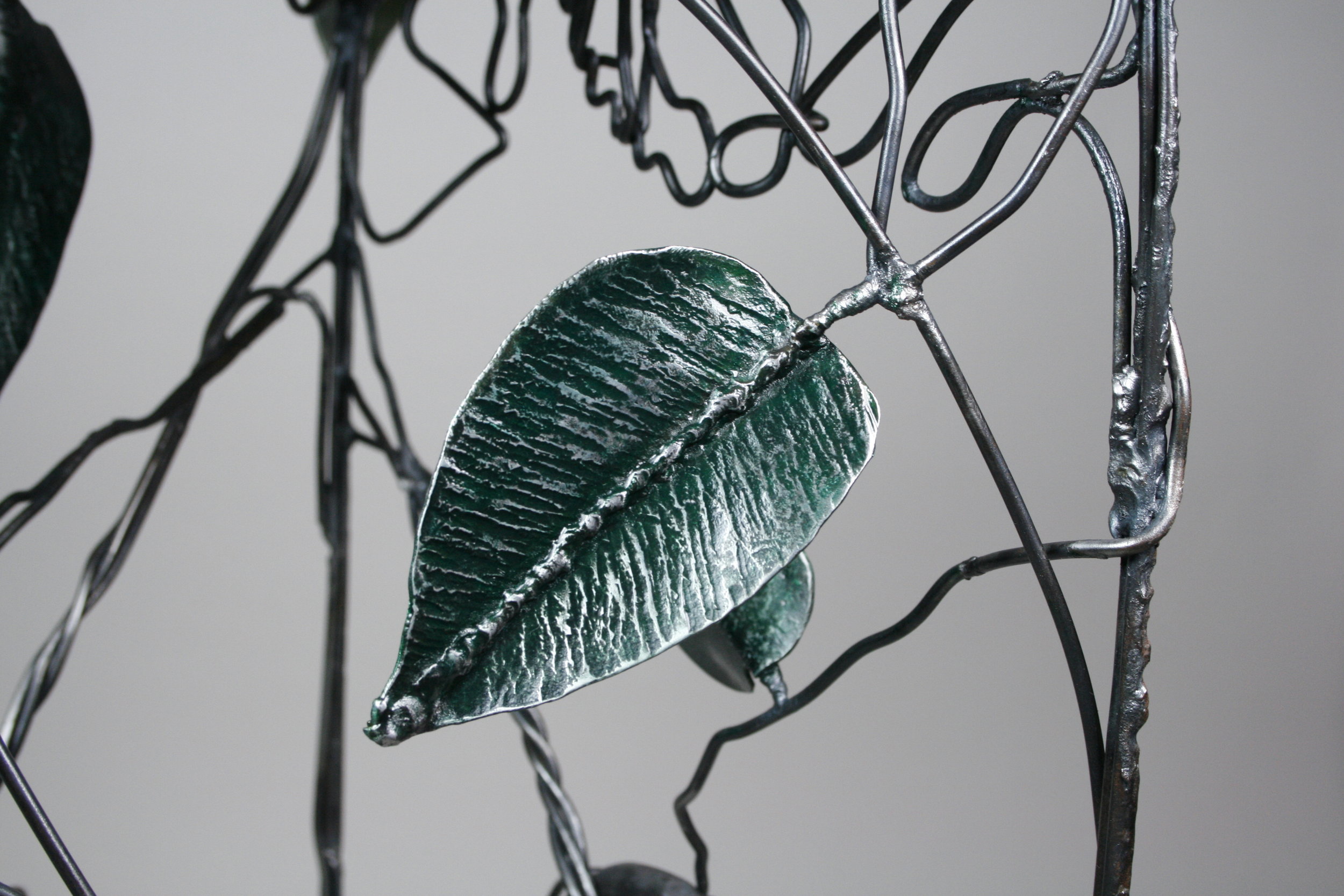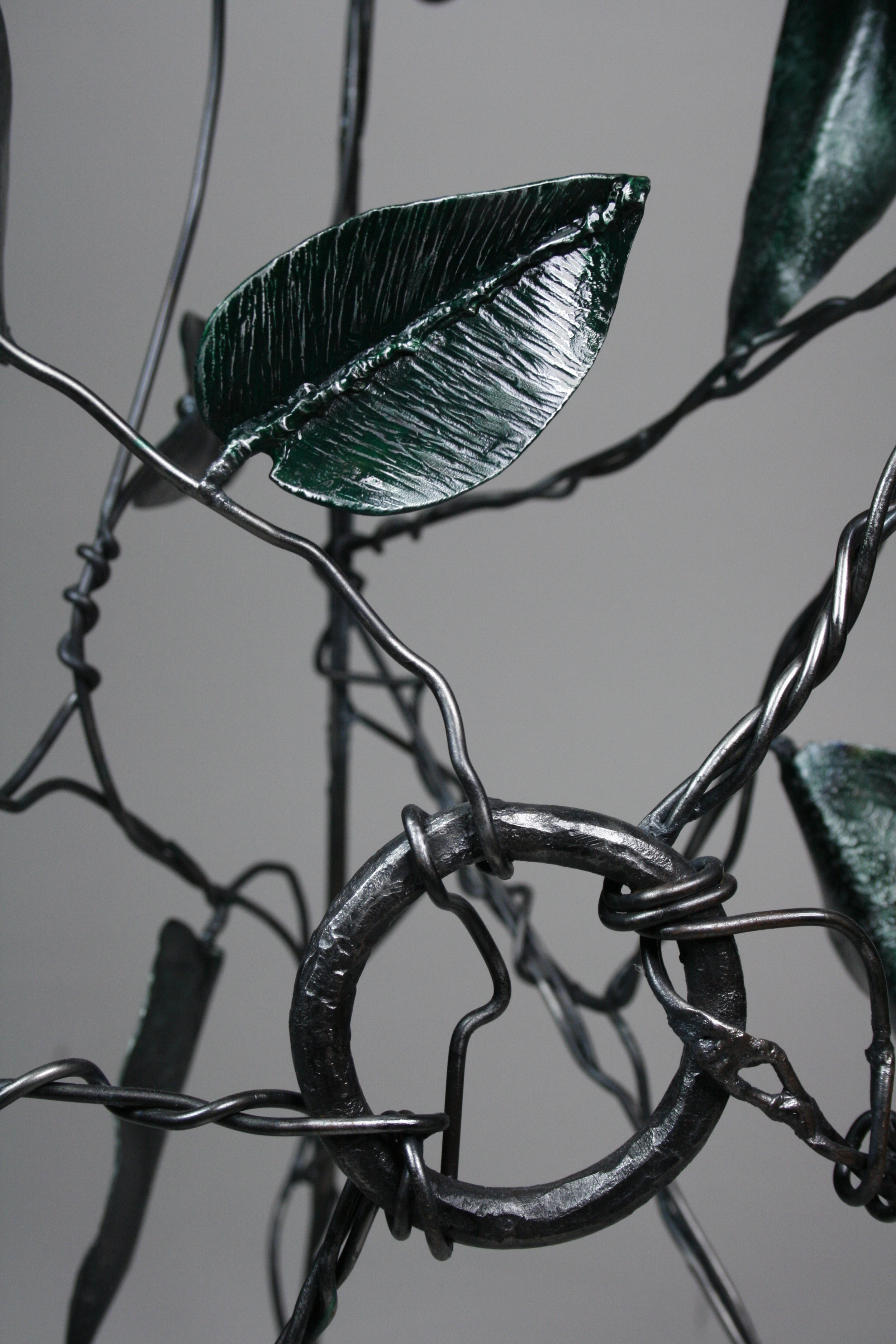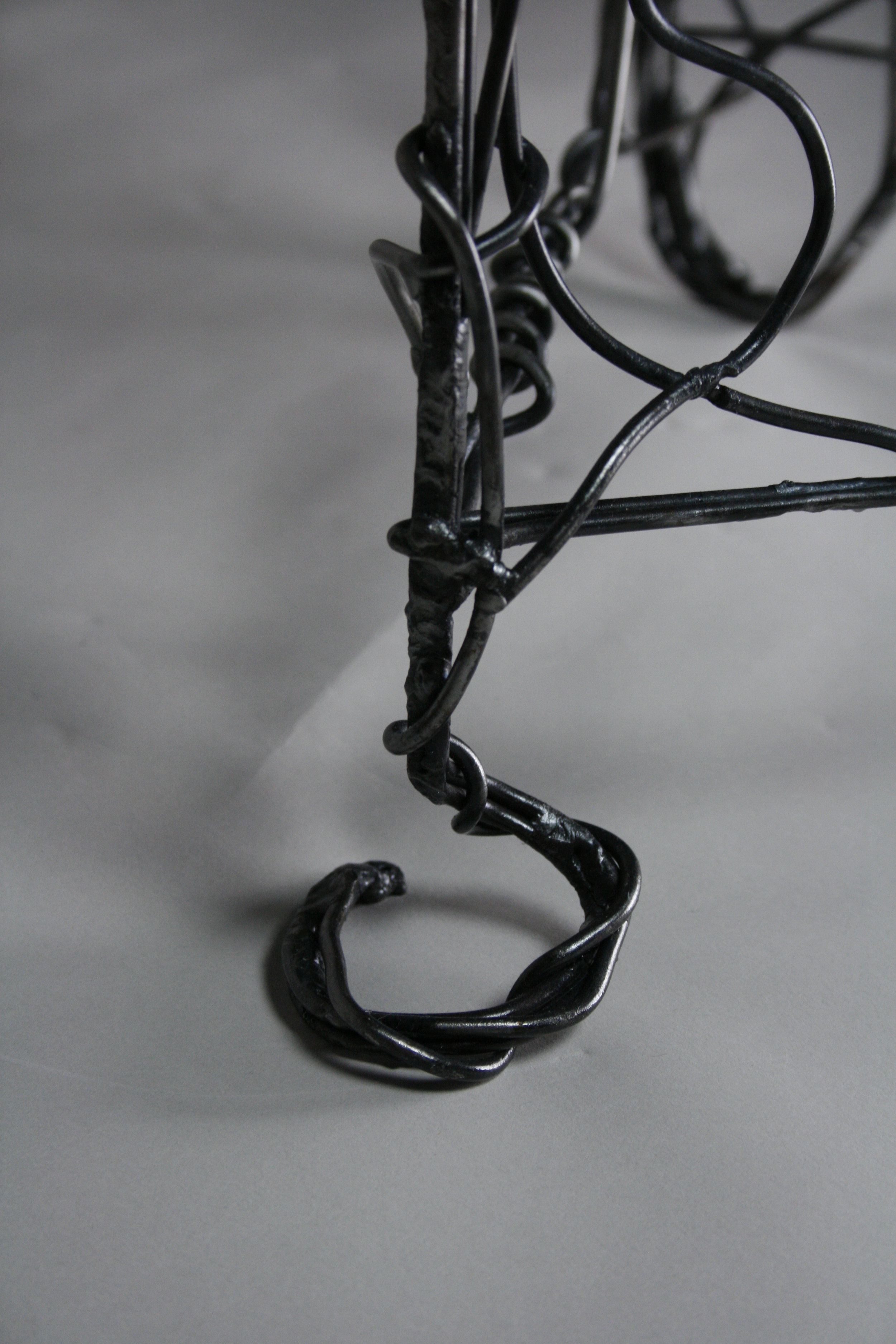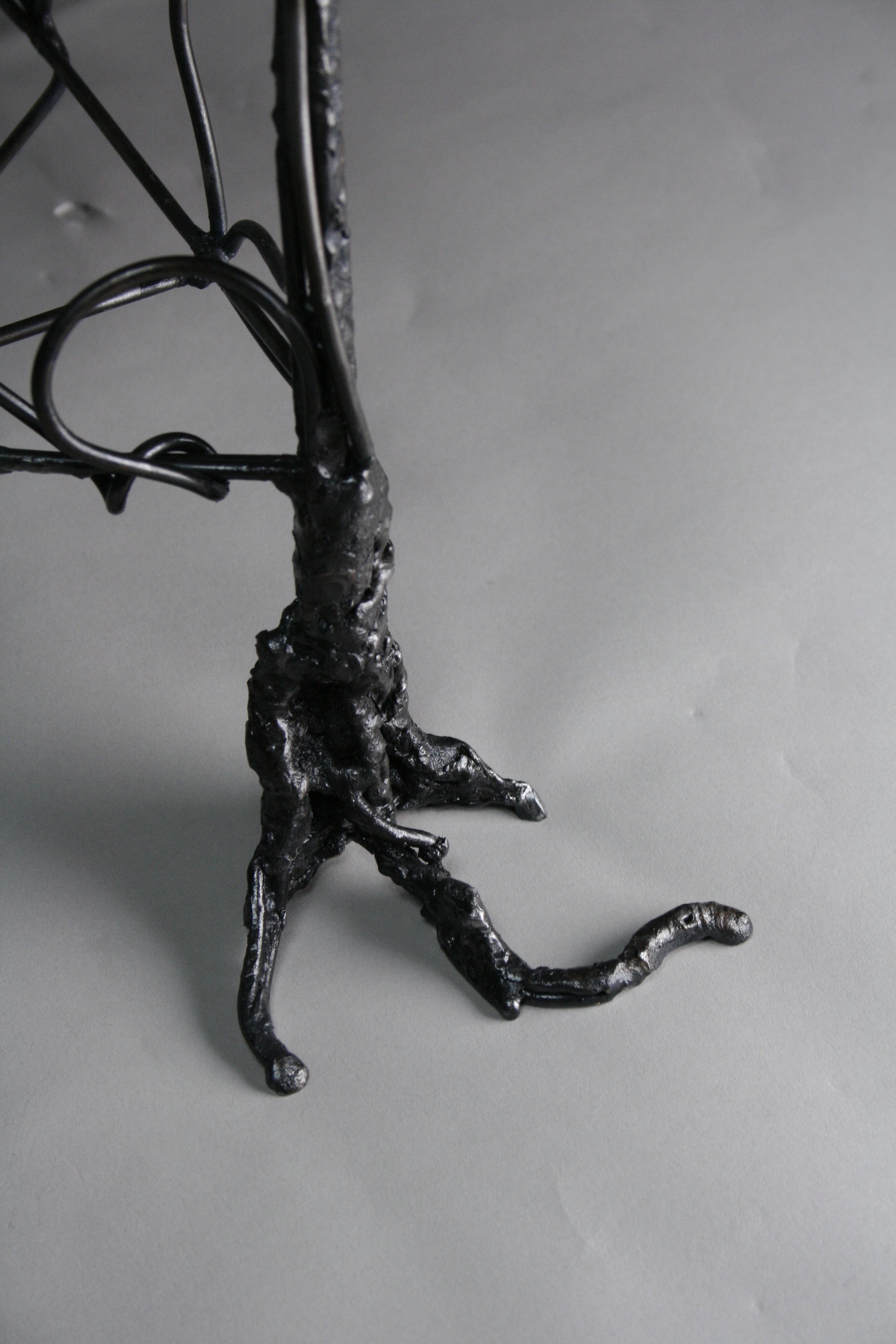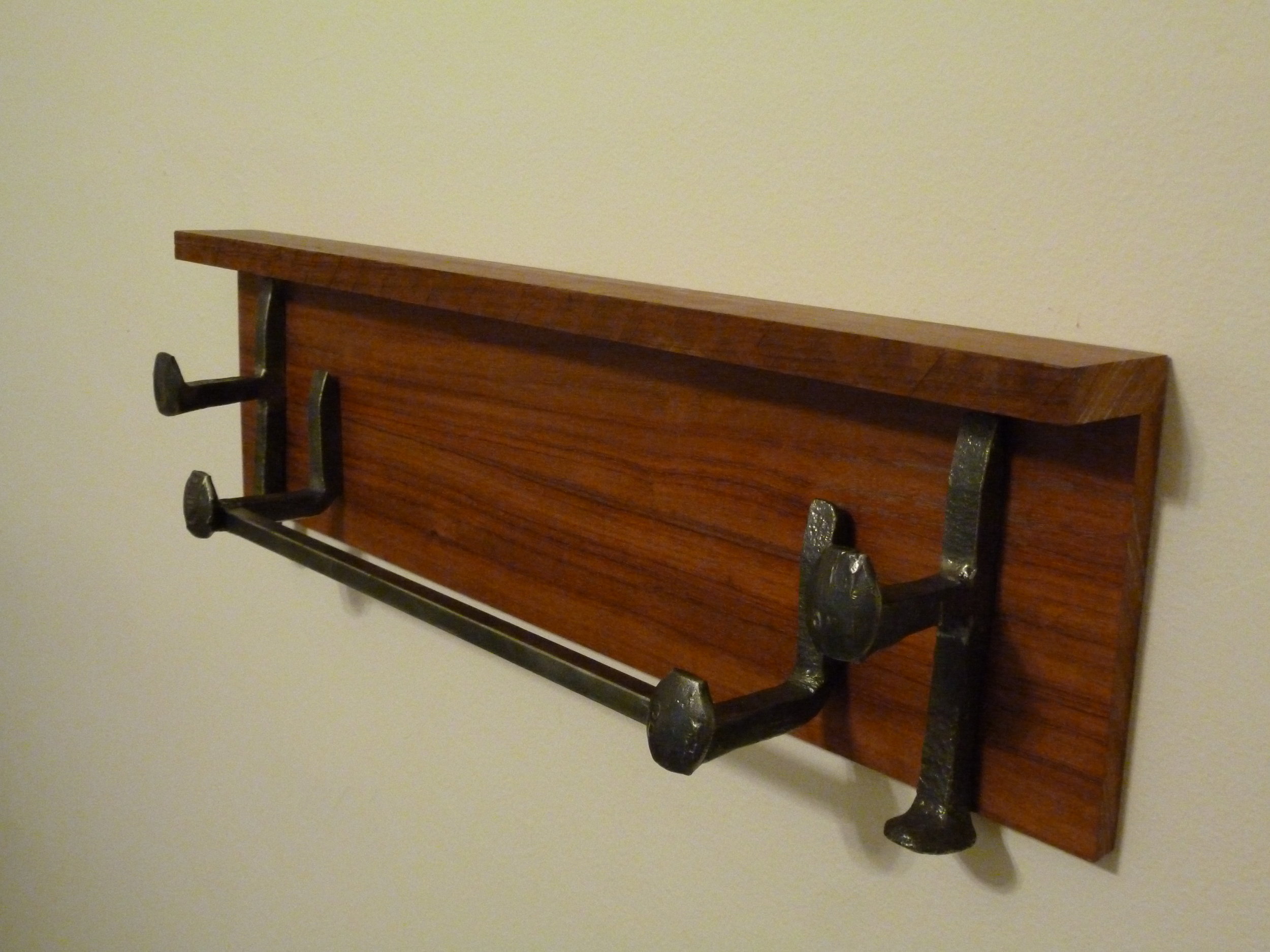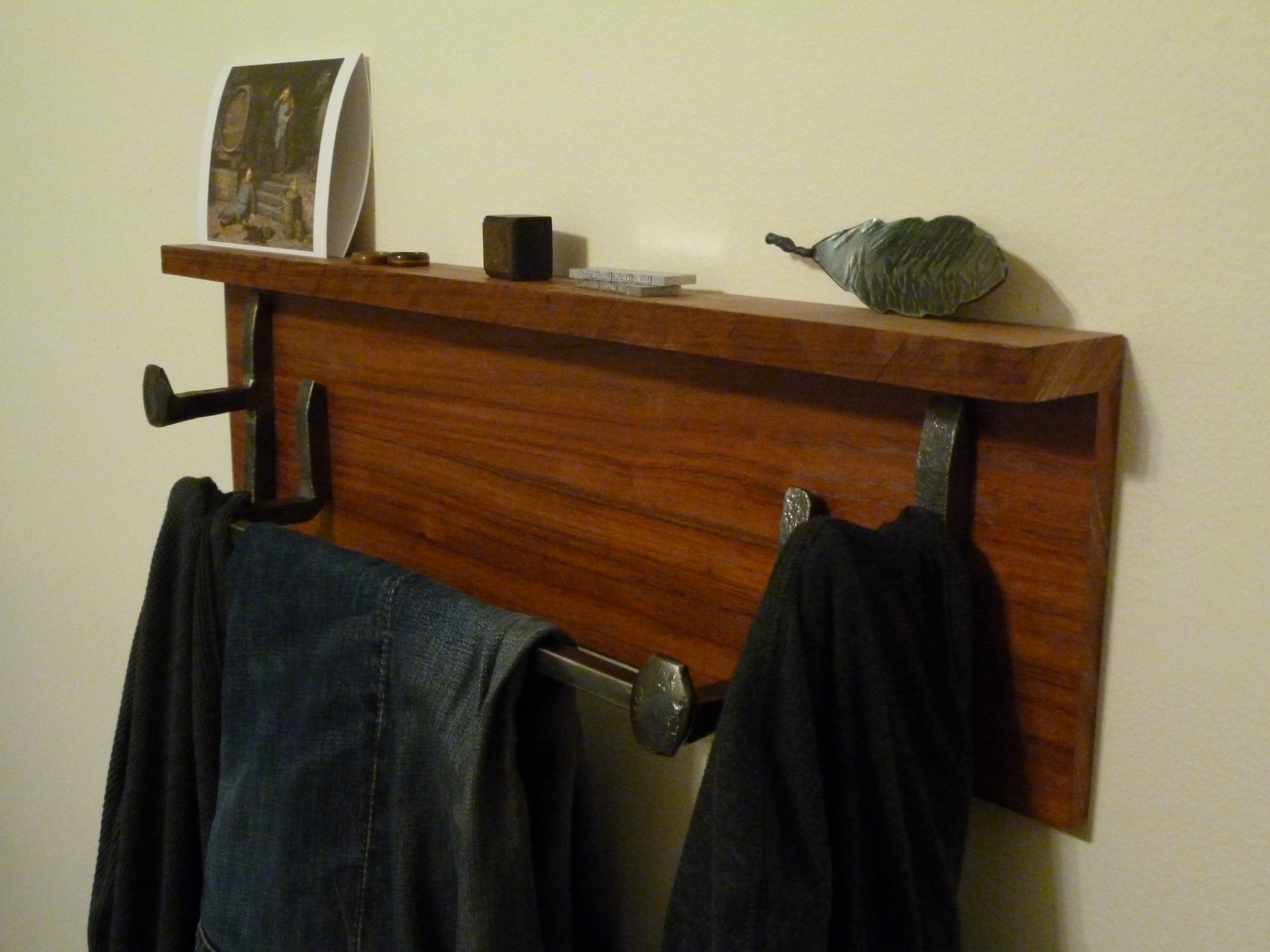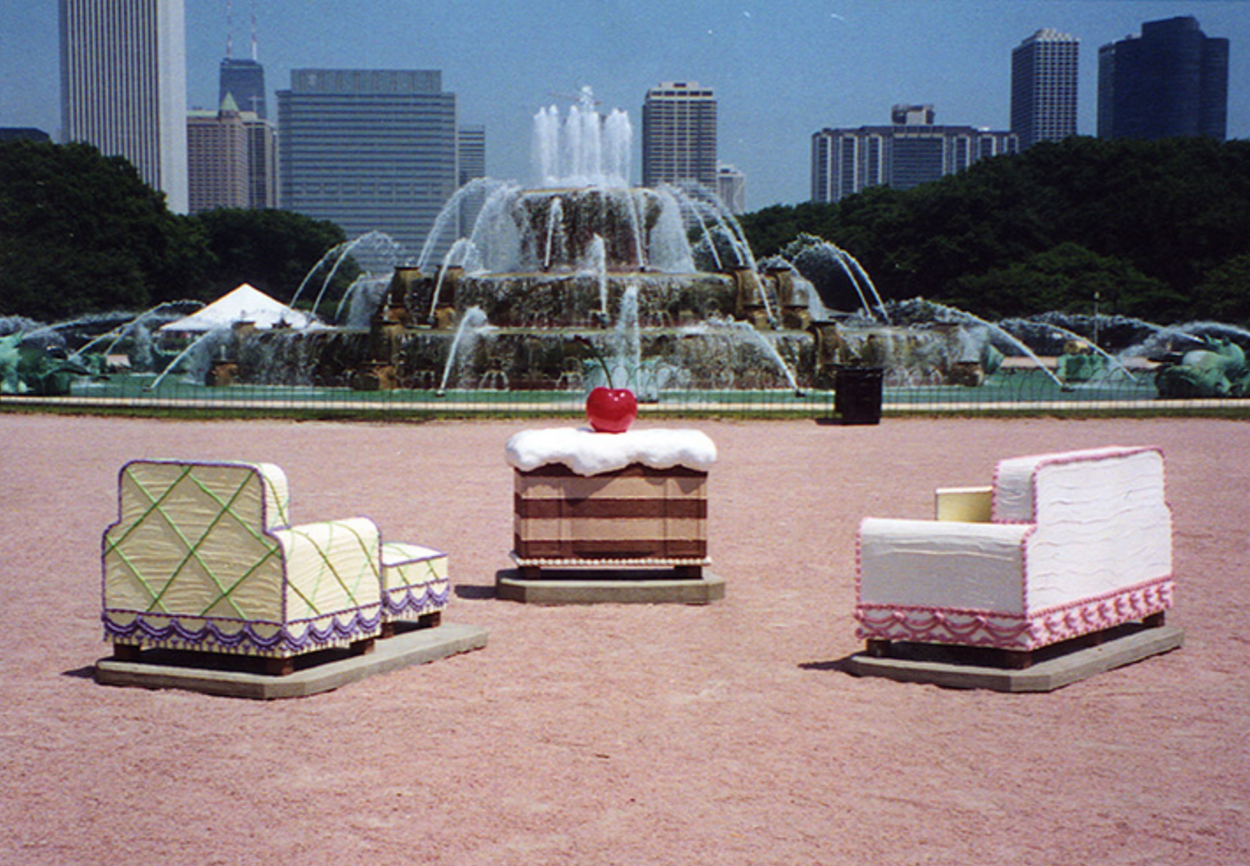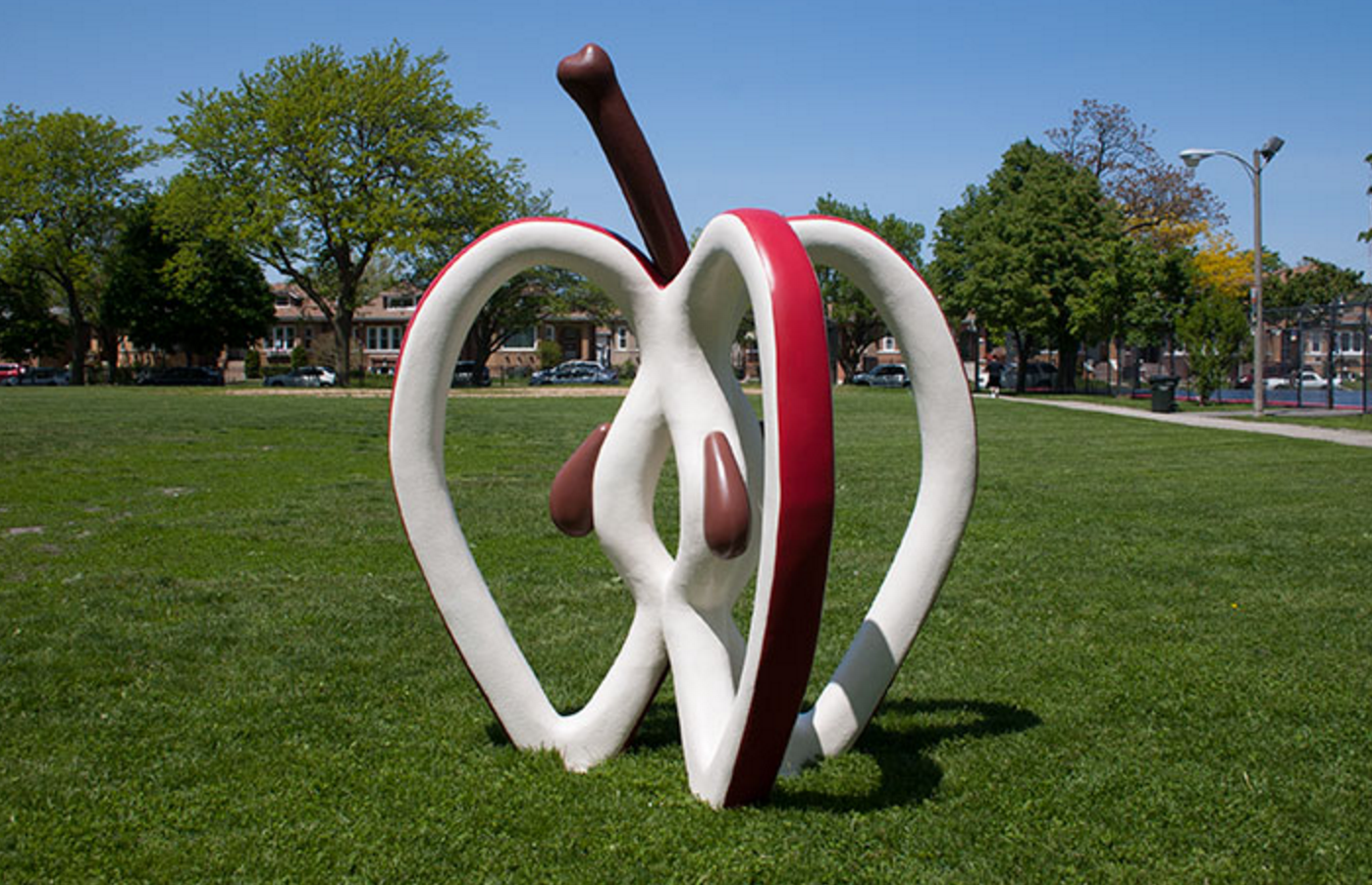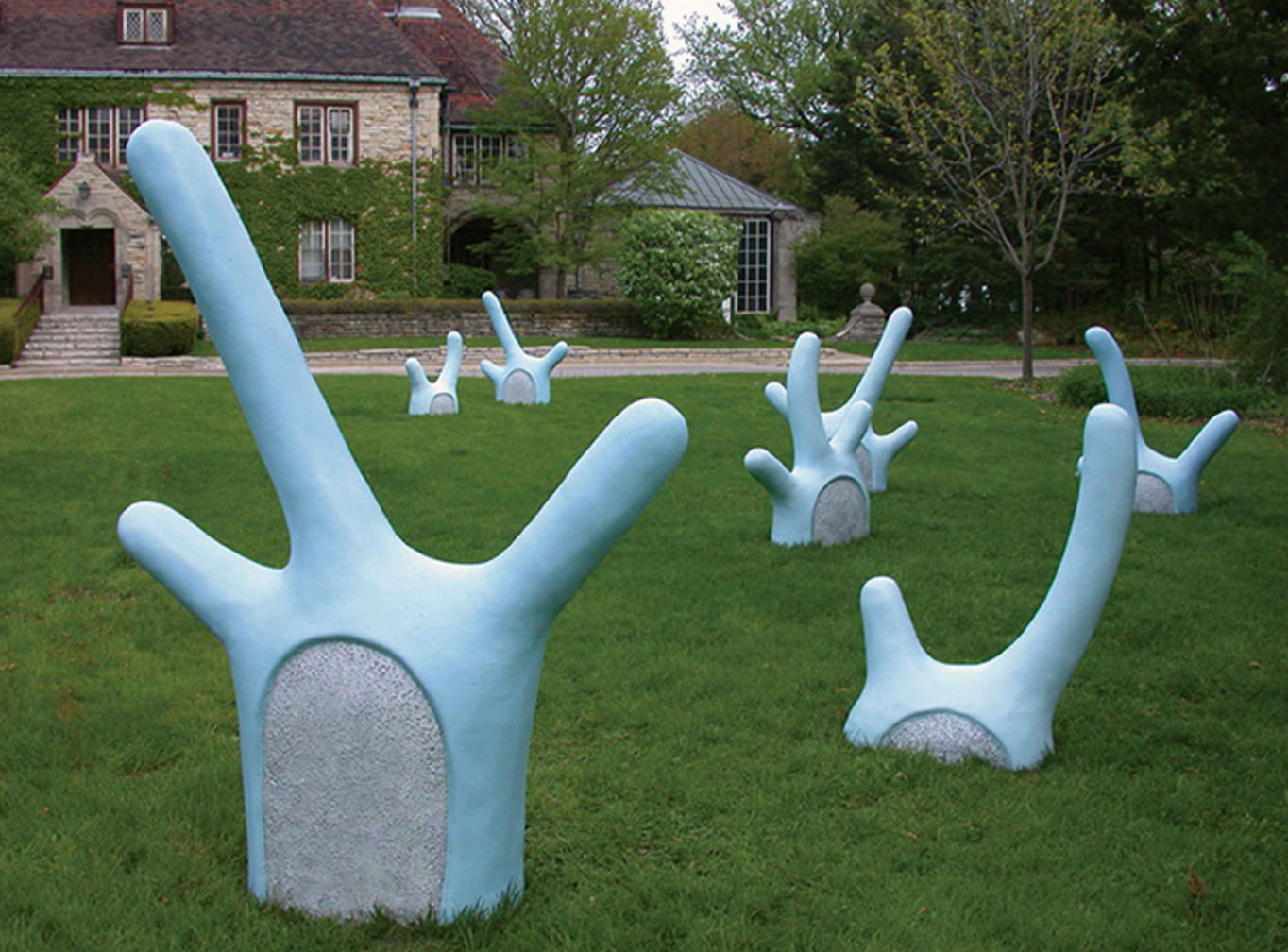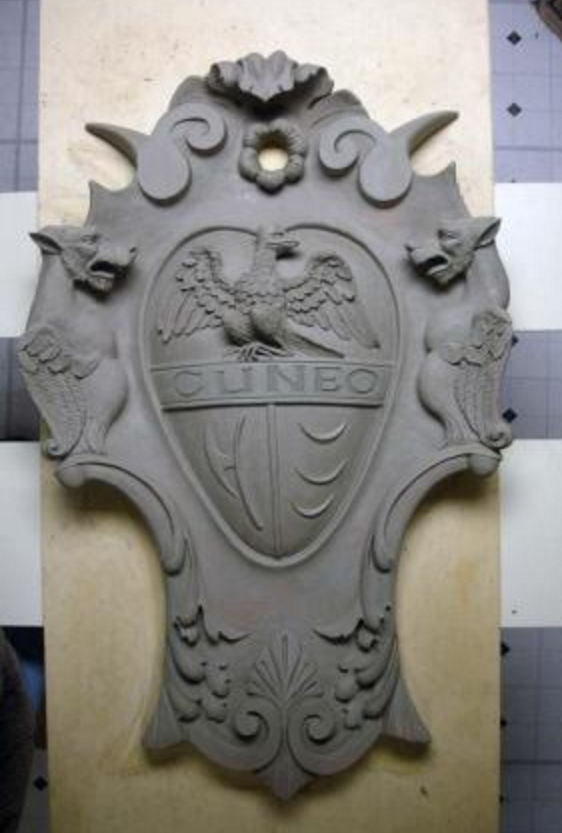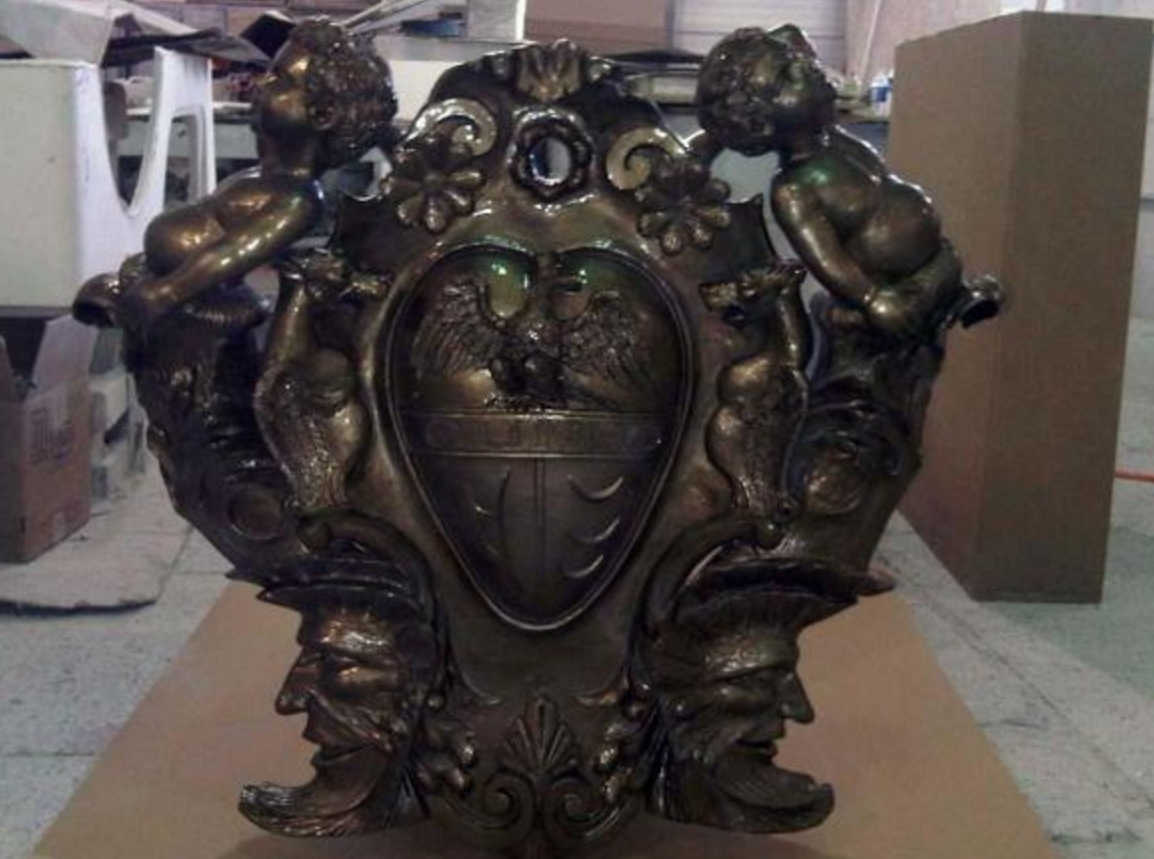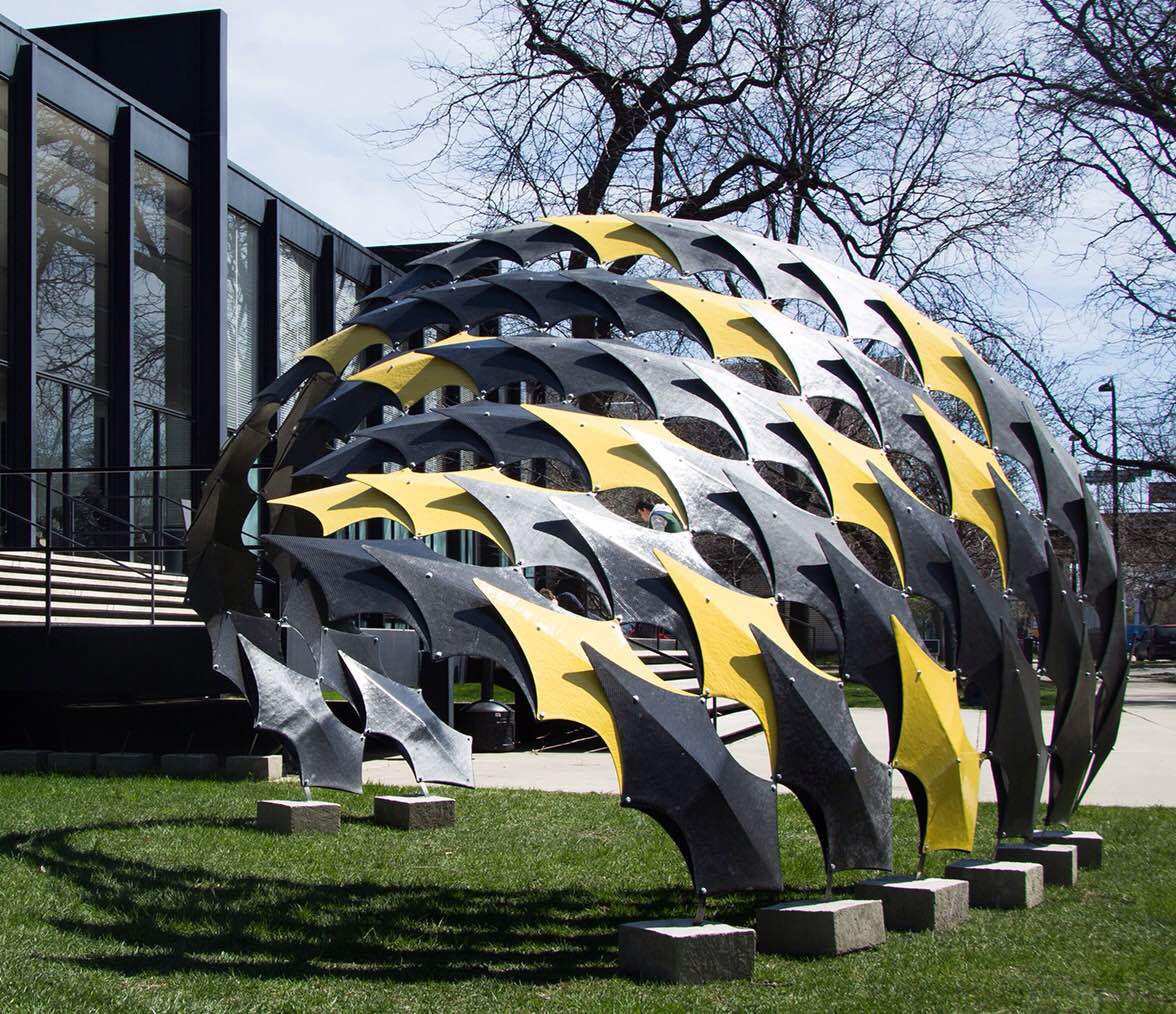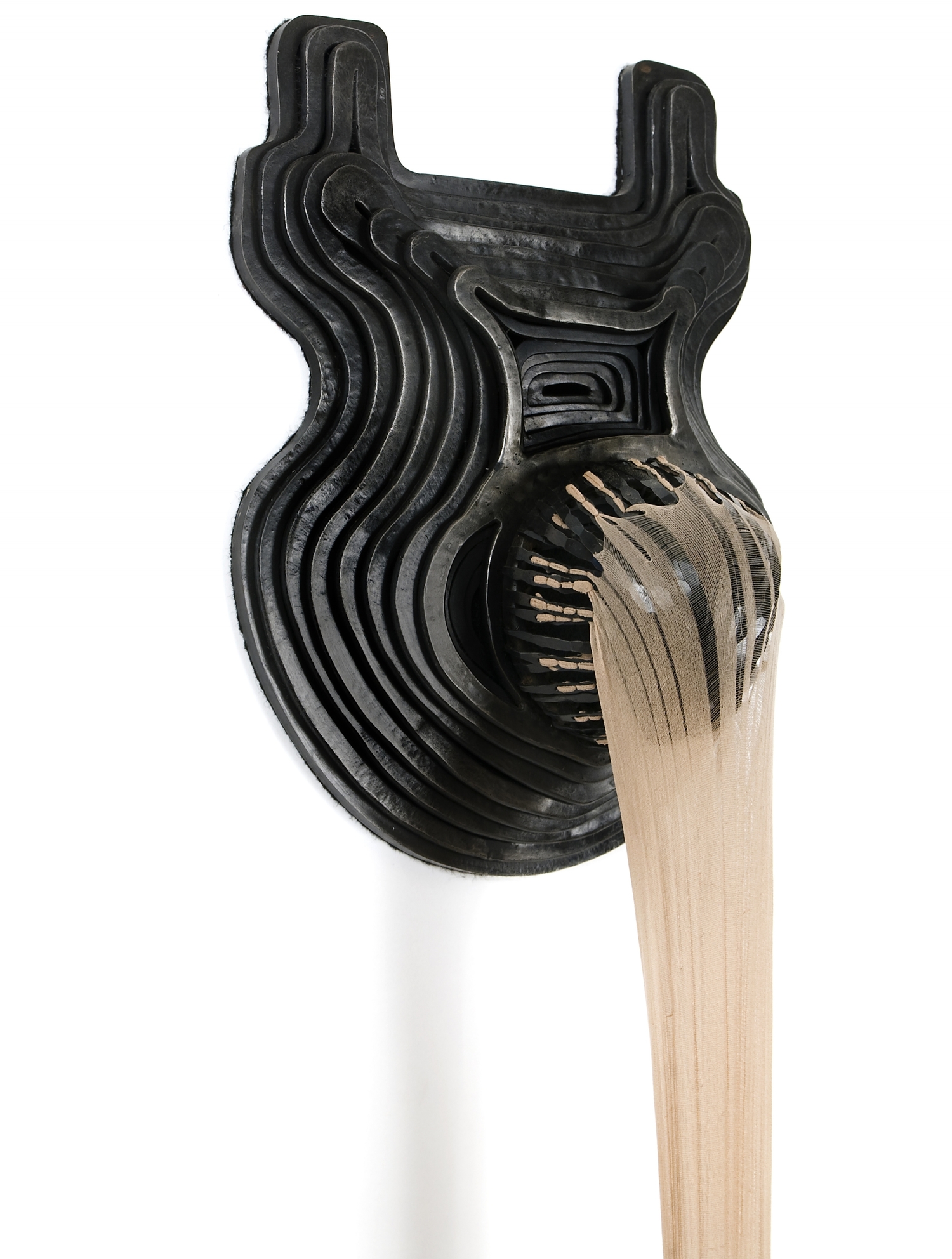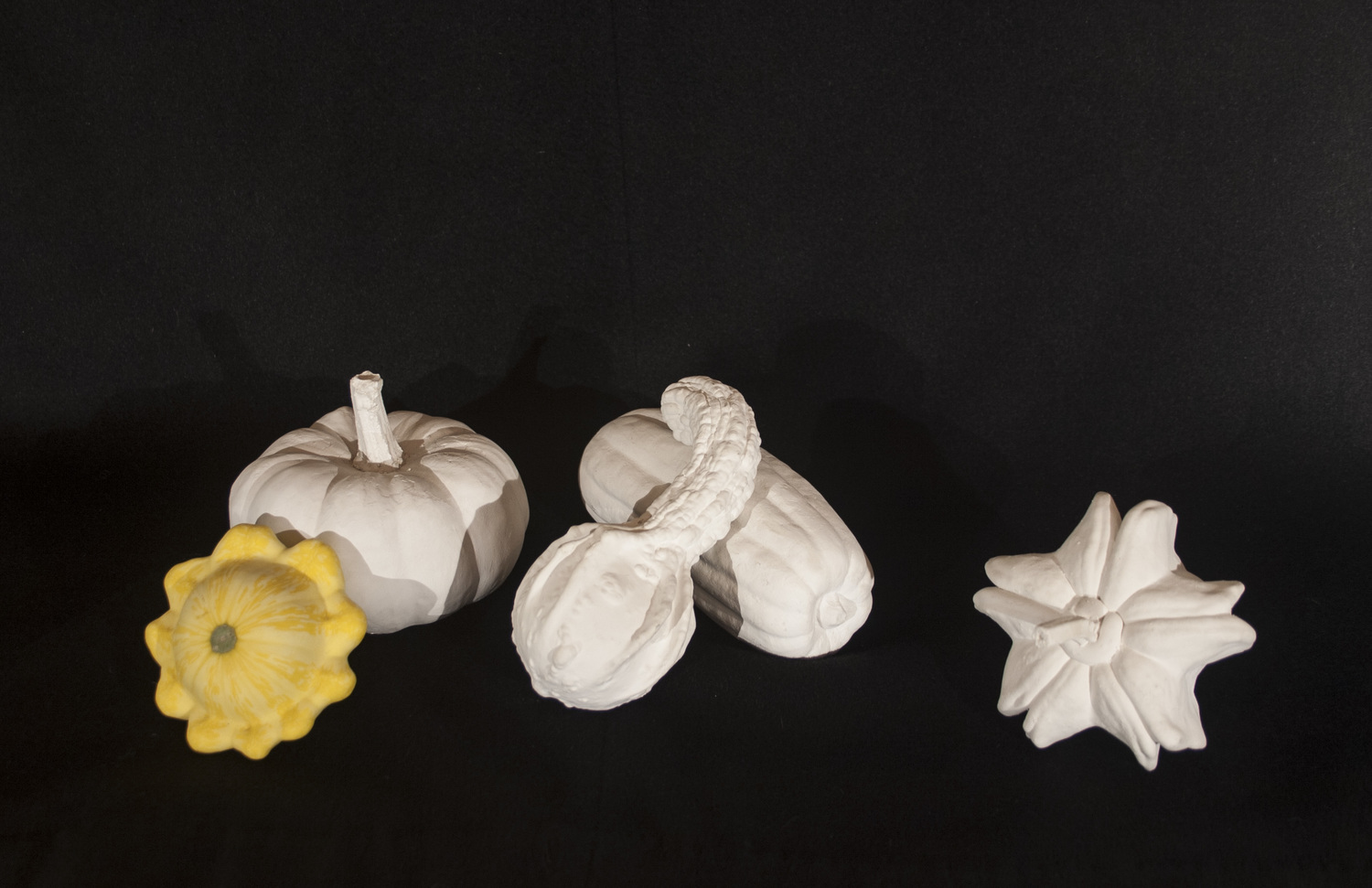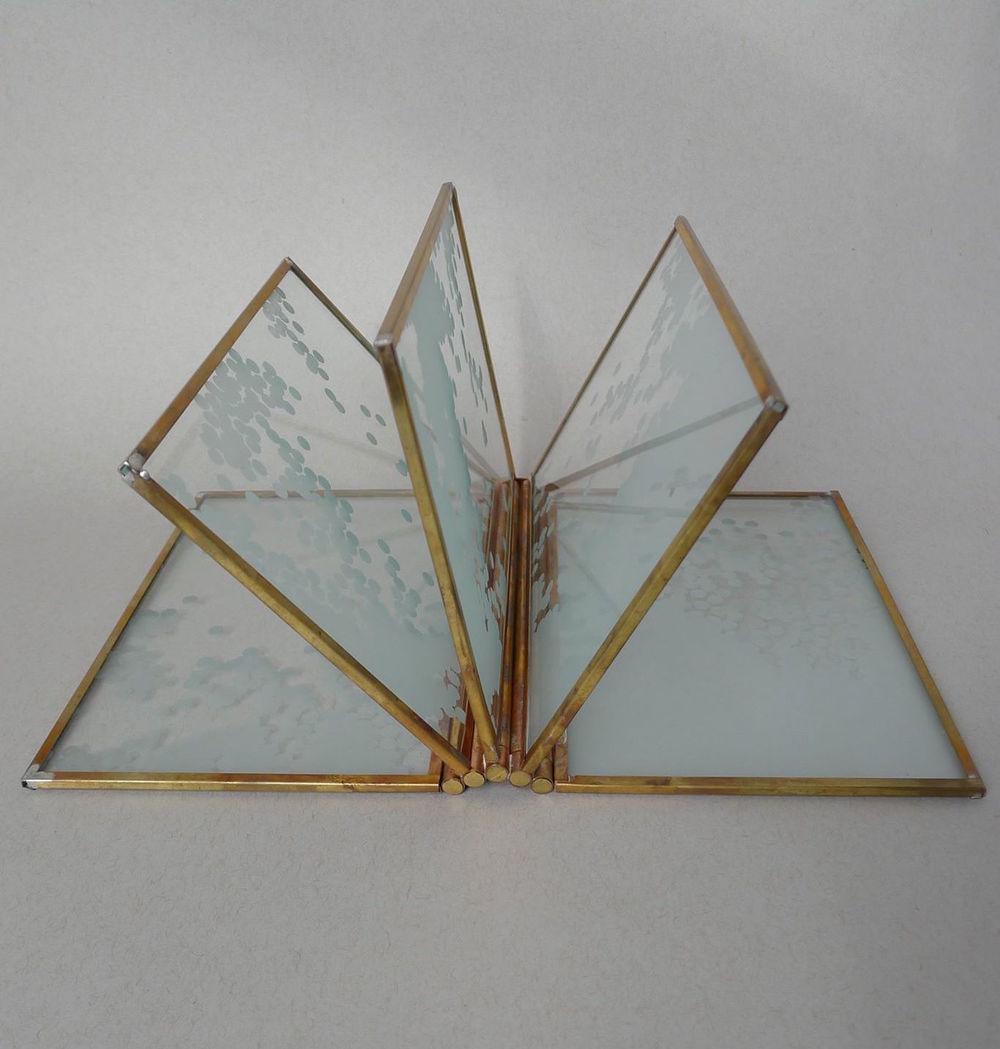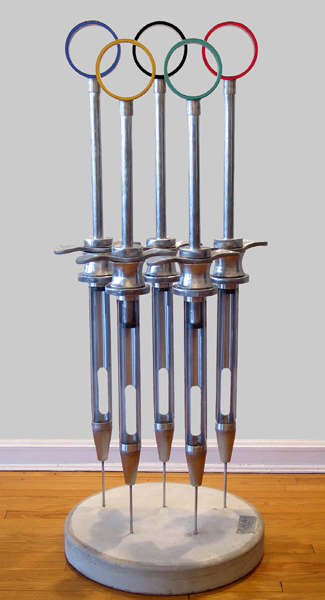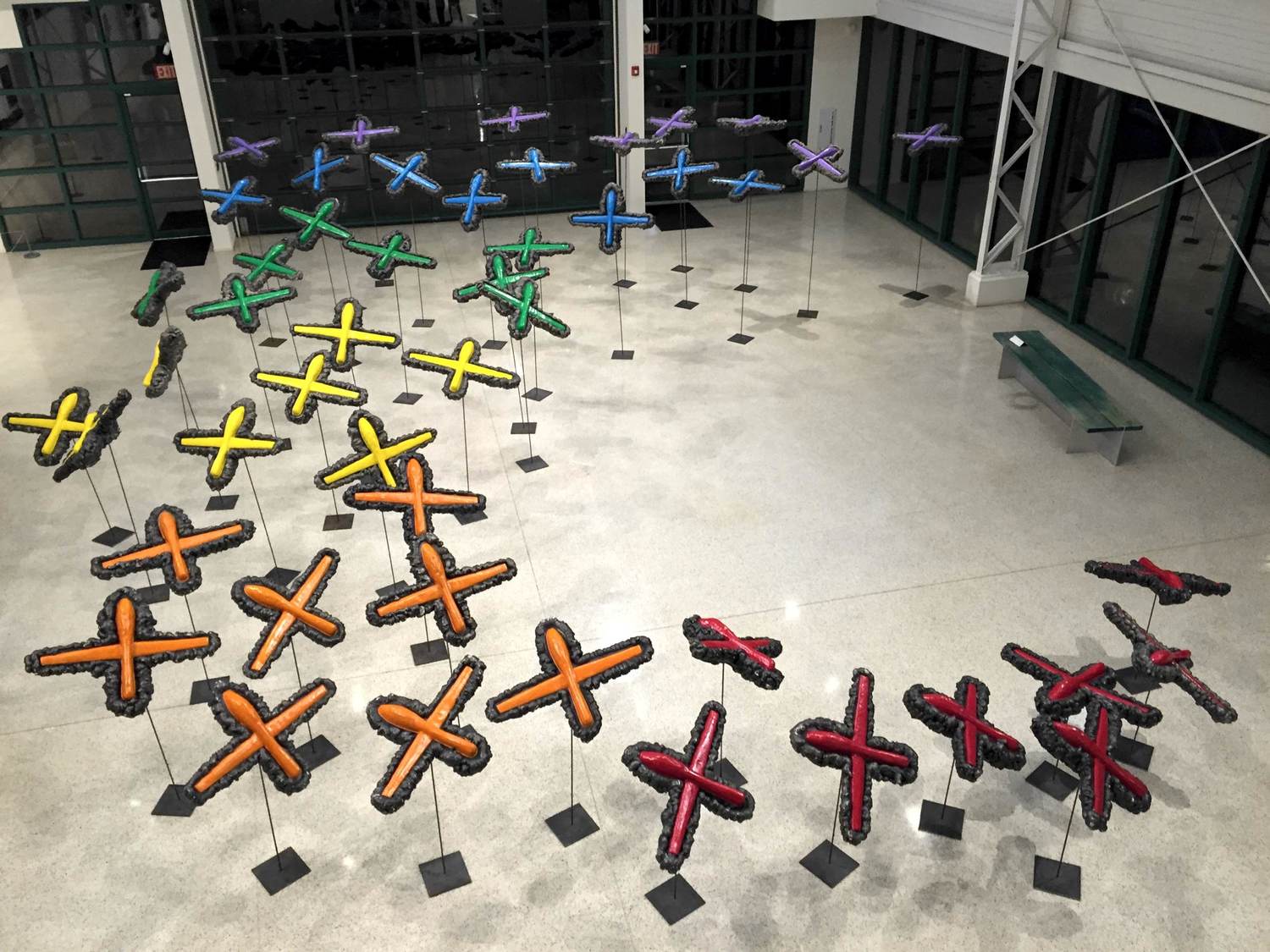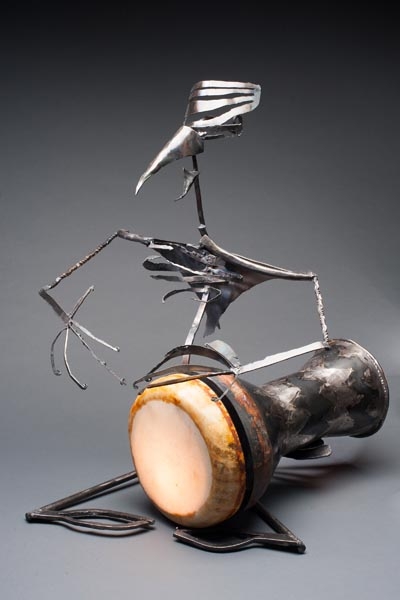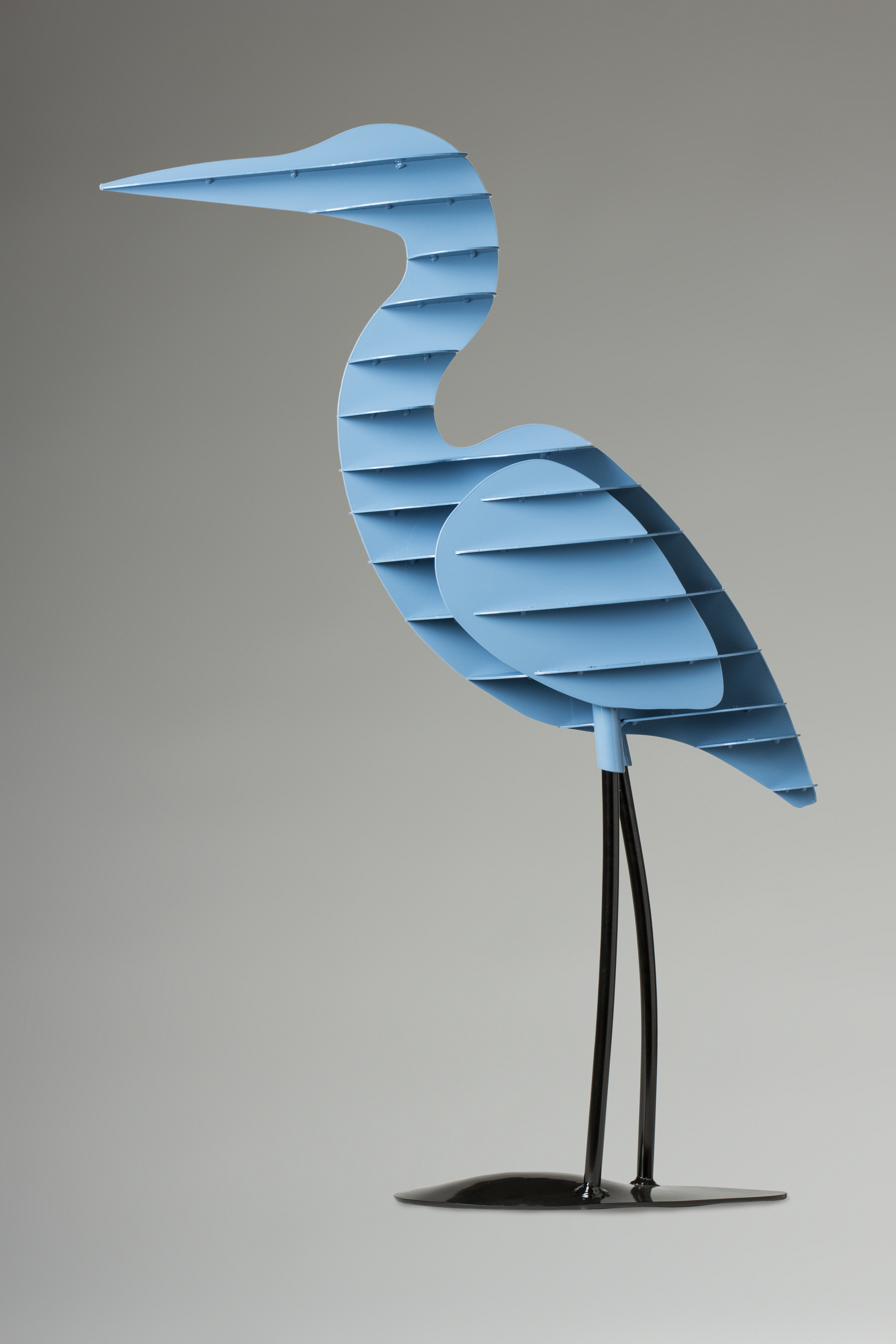Chicago Industrial Arts & Design Center is please to be a partner organization at SOFA this year, taking place on Navy Pier November 3 through November 6. In addition to the enormous floorshow of booths, SOFA (Sculptural Objects Functional Art and Design) will be featuring extensive programming in the form of lectures and events during the course of the fair. Check out a few of our favorites below, and browse the full listings to make sure you catch all the action.
Friday
Albert Paley: Metal and Glass
12:30 – 1:30 pm Room C – Paley will discuss involvement with glass throughout his career, beginning as an artist in residence at Pilchuck in 1998. Research that Paley conducted at Corning Incorporated in 2014 led to the development of sculptures that incorporate metal and glass as well as some architectural projects. In September 2017, a solo exhibition at The Museum of Glass in Tacoma will present this body of work.
Kimberly Winkle: Wood. Color. Line
1 - 1:30 pm Collectors of Wood Art, booth SE 102 – Winkle discusses her inspiration and motivation for creating works from wood while being simultaneously challenged by its temperament, seduced by its possibility and thrilled by its promise and ability to speak for her.
Art Shay Booth Talk
6 - 7 pm Ann Nathan Gallery, booth 820 – For over 70 years, Shay has documented his life, combining his gifts of storytelling, humor and empathy. His legendary street photography has been featured in Life, Time, Ebony, Sports Illustrated and his work is included in permanent collections of museums including the National Portrait Gallery, the Art Institute of Chicago and the Museum of Contemporary Photography.
Saturday
ChiArts: The Group Critique. Live.
11:30 am – 12:30 pm Room A – The group critique is a critical component to any art practice and to all studio art classes. Artists engage in critique for several reasons, one is to gain a better understanding of how others interpret their work. By hearing the myriad ways in which others analyze our artworks we can push our process in a direction that better speaks to our intentions. Additionally, when we participate in a group critique it allows us to formulate ideas about the work of others as we visually analyze their work. This act of analysis not only helps the person being critiqued, but it helps participants make decisions about their own work. Finally the group critique provides us with an opportunity to actively engage in dialogue utilizing appropriate vocabulary specific to the discussion of art. At ChiArts, the group critique is incorporated into every unit plan beginning as early as 9thgrade. By the time students graduate high school they are able to lead an honest, thoughtful and challenging critique while being able to successfully self-assess their own work. You are invited to observe several of ChiArts’ alumni, as they engage in a group critique of works by a few of the artists featured in the Special Exhibit ChiArts: Shaping the Unique and Diverse Voices of Chicago’s Young Artists.
Predictable Unpredictability
1 – 2 pm Room C – Wood artists Pascal Oudet and Christian Burchard share their intuitive approach to working harmoniously with the inherent structure of the material – and how their fascination with the unpredictable nature of unusual and unstable woods results in works that tell the story of the trees from which they came.
Eyes on SOFA
1:30 – 2:30 pm Room B – Art critic William Warmus moderates a panel of three emerging professionals in the field of art and criticism. Panelists Robin Dluzen, Joanne Kim, and Anjulie Rao charged with identifying fresh new works across all media at SOFA CHICAGO 2016. The panel will discuss the artworks and identify trends in the following areas: Narrative Art, Abstraction, Innovation, and Technical Virtuosity.
Enjoy the fair – and come say hello to us at the Partner Pavilion when you're there!
